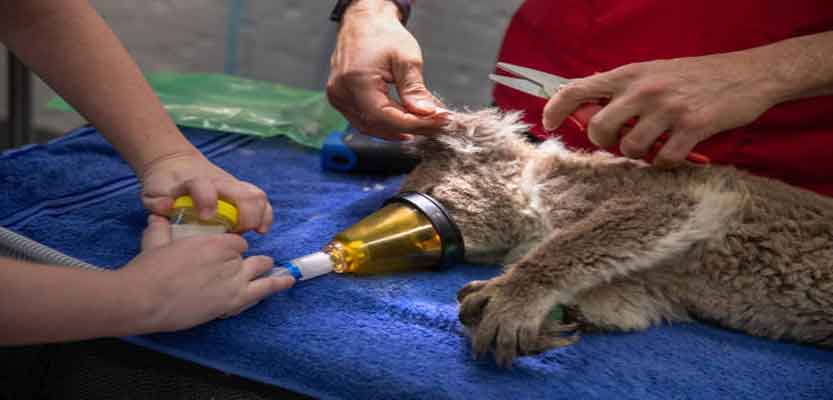
In the aftermath of natural disasters, animals are frequently left to fend for themselves against the fury of nature. Today, however, a videographer is traveling to devastation sites to help locate and rescue animals that are still alive and can be saved. His strategy involves using a drone to locate them.
Work performed by an Environmentalist Advocate
Douglas Thron, a videographer from California, has been assisting wildlife in disaster-stricken regions around the world. Douglas hops on a plane and flies to the devasted area, regardless of whether it was caused by a fire, tornado, hurricane, or tsunami. Then, with the assistance of his drone, he flies over the area in search of animals that may be trapped under the rubble or in a location from which they cannot escape. Once he locates one or more, wildlife rescuers move in to free them and, if they are injured, return them to safety for treatment.
Since the 1990s, Thron has been involved in a variety of environmental protection efforts. He took a special interest in preserving California’s ancient redwood forests, flying over them in Cessna planes and filming them with his camera. Today, he asserts that the potential for drones to aid and save animal lives is simply too great to ignore. In addition, he insists that while it is effective in disaster situations for wild animals, it can also be applied to the search for domestic animals.
How Did It All Start?
In 2019, a Category Five hurricane ravaged the Bahamas, leaving islands in ruins. Thron, who was accustomed to filming disaster zones for documentary purposes, volunteered with the Sea Shepherd organization to provide aid to the region. When he arrived, he flew his drones over the devastation he had brought with him. His mission was to record the damage caused by Hurricane Dorian. However, as he was flying them, he observed a large number of lost and stranded dogs in the rubble.
He then decided to attempt to save as many animals as possible. Once he pinpointed a dog’s location, he would notify rescuers, who would then proceed to retrieve the animal. Since it is easy not to recognize a dog from the drone’s altitude, he wondered how he could do a better job of locating them. He chose to equip the drone with infrared cameras, which would detect the heat of animals and make it simpler to identify those in need of assistance.
